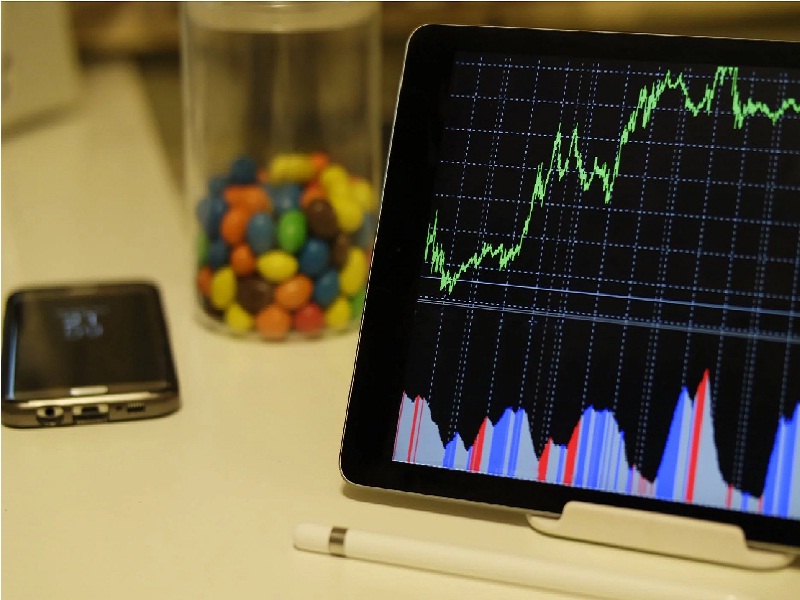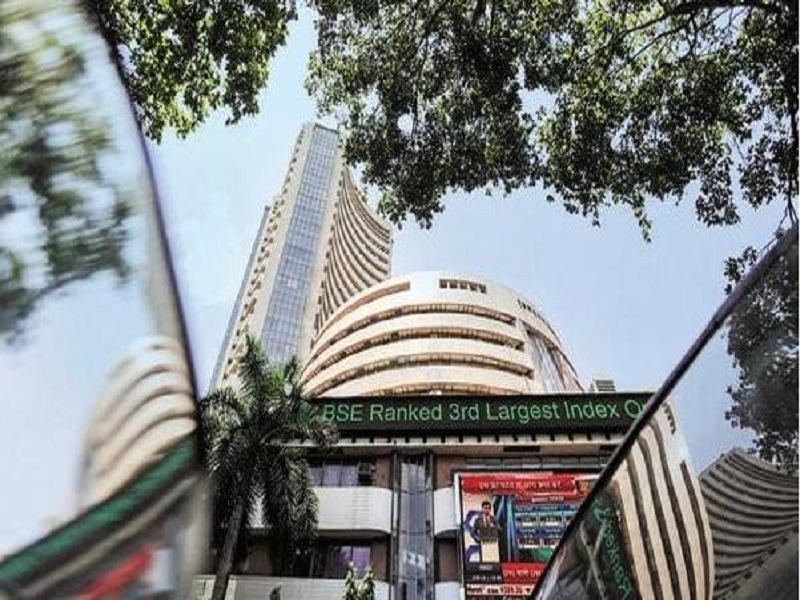Steady depreciation in rupee spells trouble for stock prices
Published On: Thursday, December 16, 2021 | By: Team KnowMyStock

A steady depreciation in the rupee spells trouble for the rally on D-Street. Historically, most rallies in the equity market have occurred either when the rupee has appreciated or has been stable. In contrast, a decline in the value of the rupee against the dollar has been accompanied by market decline. For example, the BSE Sensex is down around 2.6 percent since the beginning of November, against a similar 1.9 percent fall in the value of the rupee against the dollar in the period. Today (16th Dec.2021), the equity market and the rupee ended in the red. The Indian currency closed at around 76.23 to a dollar, down around 0.47 percent, from Rs 75.87 on Tuesday. In comparison, the BSE Sensex was down 0.57 percent on Wednesday.
Similarly, the big rally on D-Street between April 2020 and September this year was accompanied by an appreciation in the rupee. While the benchmark index doubled during the period, the rupee appreciated by around 5 per cent during the period, from a low of around Rs 77 to a dollar in April 2020.
In the past two decades, there has been a negative 0.813 correlation between the value of the BSE Sensex and the rupee-dollar exchange rate.Analysts attribute the negative relation between the value of the rupee and the stock market to the investing behaviour of foreign portfolio investors (FPIs).
“If FPIs believe the Indian currency will depreciate, they will slow their equity purchases or even sell their equity holdings in India. This results in a market decline or volatility,” says Sa expert.`
This shows up in the recent FPI activity in the equity market. While the rupee has depreciated by around 0.93 per cent in December so far, FPIs have been net sellers to tune of $2.84 billion in the equity market in the first fortnight of the same month.
Analysts say a currency depreciation creates an inflationary overhang in the economy, depressing equity valuation. “The historical data suggests a depreciation in the rupee is accompanied by a decline in equity valuation, translating into poor returns for investors. In contrast, when the rupee appreciates, valuation expands, leading to higher stock prices,” says Dhananjay Sinha, managing director and chief strategist, JM Financial Institutional Securities.
He expects the rupee to decline further to around Rs 77/78 to a dollar over the next 12 months. That, says Sinha, is likely to weigh on Indian equity markets.
The depreciation in the rupee is likely to be driven by a rise in India’s current account deficit (CAD) and a tightening of global liquidity due to monetary tapering by the US Federal Reserve (US Fed).
India’s merchandise trade deficit has exceeded $20 billion in the past three months, including a record high of around $23 billion in November. This, say analysts, will result in a sharp rise in CAD in 2021-22.
We are on Telegram!
JOIN our telegram channel to receive updates on Financial News and Stock and FNO Tips.
Click Here!
Follow Us On:






